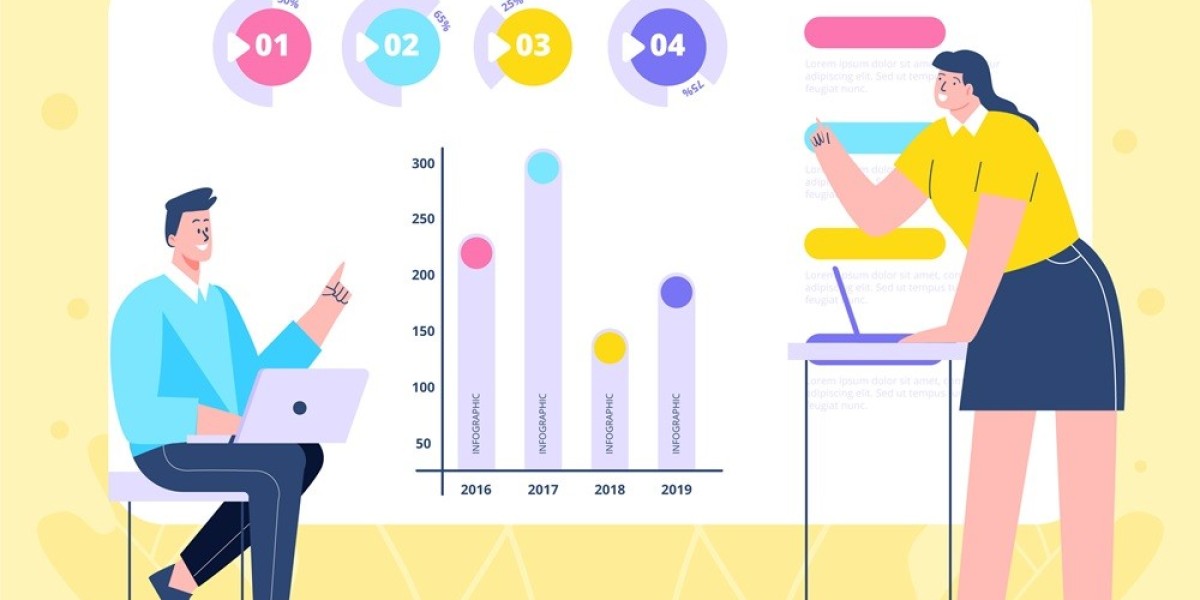Understanding market and consumer trends is crucial for organizations looking to stay competitive in today's dynamic business environment. Demand analysis plays a crucial role in this process, providing companies with the insights needed to make informed decisions about production, pricing, and marketing strategies. By identifying consumer preferences and market behaviors, demand analysis helps businesses anticipate changes in demand and respond effectively.
In this blog, we will explore the objectives of demand analysis, its importance in understanding market trends, and how AI-powered tools like thouSense are revolutionizing demand analysis for businesses. We'll also look at how companies can leverage demand analysis to make better strategic decisions.
Understanding Demand Analysis
The practice of assessing consumer demand for a good or service by looking at different aspects of the market, like pricing, income levels, consumer preferences, and competitive dynamics, is known as demand analysis. It provides businesses with a clear picture of the forces that drive demand in the market. By understanding these factors, businesses can align their products, marketing strategies, and operations with market needs.
1. The Purpose of Demand Analysis
The primary purpose of demand analysis is to understand what drives consumer demand and how it fluctuates over time. It helps businesses anticipate future trends and adjust their strategies accordingly. The following are some of the main queries that demand analysis aims to address:
- What are the factors influencing consumer behavior?
- How sensitive is demand to changes in price or income?
- How do competitors’ actions impact consumer demand?
- What are the long-term market trends that could affect demand?
By answering these questions, businesses can make more informed decisions about pricing, product development, and market expansion.
Key Objectives of Demand Analysis
Demand analysis is not just about understanding current consumer behavior—it also involves identifying opportunities and risks that could affect future demand. Below are the key objectives of demand analysis and how they help businesses succeed in a competitive market.
1. Understanding Consumer Preferences
One of the primary objectives of demand analysis is to understand consumer preferences. By analyzing data on what consumers buy, when they buy it, and how much they are willing to pay, businesses can gain valuable insights into what drives purchasing decisions. Understanding these preferences allows businesses to tailor their products and services to meet the specific needs of their target audience.
For example, a company may discover that consumers are shifting towards more sustainable products. With this information, the company can adjust its product offerings to meet the demand for eco-friendly options.
2. Measuring Price Sensitivity (Price Elasticity)
Price elasticity is a critical component of demand analysis, measuring how sensitive consumers are to changes in price. Understanding price sensitivity allows businesses to set prices that maximize revenue while maintaining demand. those with low price elasticity may show consistent demand regardless of price changes, whereas those with high price elasticity will see big swings in demand with slight price adjustments.
By analyzing price sensitivity, businesses can determine optimal pricing strategies for different market segments, allowing them to maximize profitability without alienating consumers.
3. Evaluating Market Trends
Another key objective of demand analysis is to evaluate long-term market trends. This involves analyzing historical data and identifying patterns that indicate future changes in consumer demand. Market trends can be influenced by various factors, such as economic conditions, technological advancements, cultural shifts, and environmental concerns.
For instance, a company may notice that demand for digital products is increasing while demand for physical products is declining. Armed with this information, the company can pivot its strategy to focus on digital offerings, ensuring it stays relevant in a rapidly evolving market.
4. Forecasting Future Demand
Accurately forecasting future demand is one of the most critical objectives of demand analysis. Forecasting enables businesses to predict how demand will evolve over time, allowing them to adjust their production schedules, inventory levels, and marketing efforts accordingly. Forecasting helps businesses prepare for seasonal fluctuations, economic downturns, or spikes in demand due to promotions or product launches.
Tools like thouSense enhance this process by using AI and machine learning to analyze vast amounts of data, identify patterns, and predict future demand more accurately. This helps businesses stay ahead of the competition by making proactive decisions based on data-driven insights.
5. Identifying Market Opportunities
Demand analysis also helps businesses identify new market opportunities. By examining unmet consumer needs, underserved segments, or emerging trends, companies can discover opportunities for growth. For example, a company may notice a growing demand for health-conscious snacks among millennials, prompting them to develop a new product line catering to this market.
Identifying these opportunities allows businesses to innovate and expand into new markets, staying ahead of competitors who may not have the same insights.
6. Assessing the Impact of Competitors
Competitors have a major impact on customer demand in any given market. One of the objectives of demand analysis is to assess how competitors’ actions impact demand for a company’s products. This includes analyzing competitor pricing strategies, product offerings, marketing campaigns, and market share.
By understanding how competitors influence consumer choices, businesses can develop strategies to differentiate their products, improve customer loyalty, and capture market share. For example, if a competitor is offering significant discounts, a company may respond by enhancing its value proposition through superior customer service or product quality.
The Role of AI in Enhancing Demand Analysis
Traditional demand analysis methods often rely on historical data and manual processes, which can be time-consuming and prone to errors. However, advancements in artificial intelligence (AI) and machine learning have transformed demand analysis, making it faster, more accurate, and more efficient.
1. AI-Powered Demand Analysis with thouSense
thouSense is an AI-driven tool that leverages machine learning algorithms to analyze vast amounts of data in real time. By processing both historical and real-time data, thouSense provides businesses with accurate demand forecasts and actionable insights. The tool helps businesses analyze consumer behavior, identify trends, and predict future demand with greater precision.
2. Real-Time Data Analysis
One of the key advantages of AI-powered tools like thouSense is the ability to analyze data in real-time. This allows businesses to respond quickly to changes in consumer demand, market conditions, or competitive actions. For example, if thouSense identifies a sudden increase in demand for a product due to a viral trend, a business can adjust its inventory and marketing efforts to capitalize on the opportunity.
3. Enhanced Accuracy
AI tools like thouSense improve the accuracy of demand analysis by identifying patterns and correlations that may not be immediately apparent through traditional methods. This helps businesses make more informed decisions, reducing the risk of inaccurate forecasts or missed opportunities.
Conclusion
Demand analysis is a powerful tool that enables businesses to understand market and consumer trends, optimize pricing strategies, and identify growth opportunities. By focusing on key objectives such as understanding consumer preferences, measuring price sensitivity, forecasting demand, and evaluating market trends, businesses can make data-driven decisions that lead to success.
AI-powered tools like thouSense are transforming demand analysis by providing businesses with real-time insights and enhanced accuracy. These tools enable companies to stay agile, respond quickly to market changes, and stay ahead of the competition. As businesses continue to face increasingly complex market conditions, the importance of demand analysis will only grow.
FAQs
- What is the main objective of demand analysis?
The main objective of demand analysis is to understand consumer preferences, forecast future demand, and identify market trends to optimize business strategies.
- How does AI improve demand analysis?
AI-powered tools like thouSense enhance demand analysis by processing large datasets in real-time, improving accuracy, and providing actionable insights for better decision-making.
- Why is price sensitivity important in demand analysis?
Price sensitivity helps businesses understand how changes in price affect consumer demand, allowing them to set optimal prices that maximize revenue without reducing demand.
Explore our AI-based SaaS platform to predict sales volume and demand trends. To know more, visit: https://thousense.ai/pricing
Source: https://phileo.me/blogs/225366/Objectives-of-Demand-Analysis-A-Deep-Dive-into-Market-and








